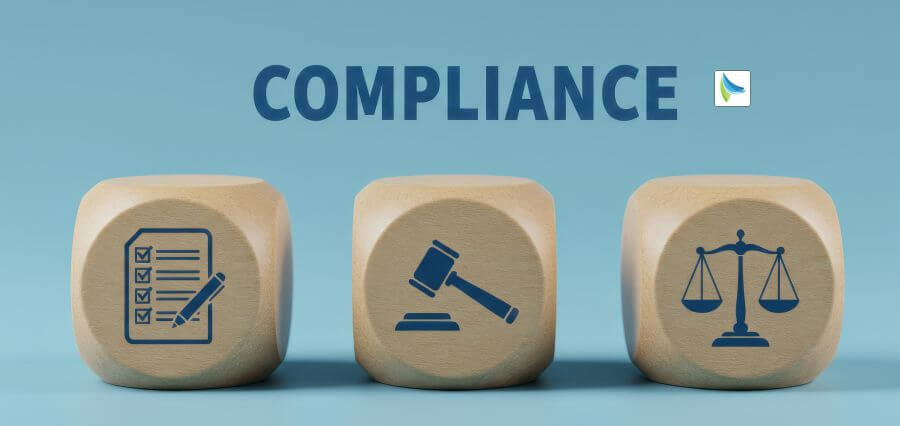ESG, Ethics, and Enforcement
The modern world that combines global attention, the expectations of investors, and the requirement of legislation is raising the area of regulatory compliance far beyond its traditional checklists. Compliance is no longer limited to financial reports or corporate governance fundamentals and is an expansive framework extending to ethical conduct, environmental stewardship, and social responsibility. Three dynamic forces at the core of this transformation are Environmental, Social, and Governance (ESG) principles, corporate ethics, and regulatory enforcement. Both are transforming the face of compliance into a place where transparency, integrity, and accountability are not optional.
ESG as a Core Compliance Imperative
In many regulatory regimes globally, the ESG standards are being incorporated into compliance requirements. The trend is part of an increasing understanding that ESG-related risks, whether in response to climate change or labor practices and boardroom diversity, and anti-corruption, are a part and parcel of business viability and investor confidence. Overall lack of ESG compliance may lead to levying fines, filing lawsuits, reputational or market entry loss.
Governance systems globally are integrating ESG principles into their code of regulations. This is part of the increasing realization that ESG-related risks, spread across climate change and labor practices, boardroom diversity, and anti-corruption, are part and parcel of business survival and investor confidence. Not complying with ESG standards may now lead to fines, lawsuits, reputational risk, or limited market opportunities.
However, it is not easy to comply with the ESG. The global presence of unharmonized reporting standards, or disparities in data collection specifications, has allowed quality, comparability, and accountability gaps to arise. The situation in which a company is subject to different regulations unequally dispensed in various jurisdictions can be confusing or may be subject to violations by the company unintentionally.
Ethics at the Center of Compliance Culture
Whereas ESG defines the what in compliance, ethics defines the how. The existence of an ethical culture in an organization means that compliance is not just about ticking boxes. It promotes the making of decisions that are consistent with the more general societal values and promotes an atmosphere of integrity.
In the present environment, Ethics & Compliance (E&C) officers are more frequently being asked to navigate the contexts of both operational realities and ESG expectations. They have a role in establishing anti-corruption measures to promote healthy ESG disclosures and internal enquiries. These individuals act as critical gatekeepers, as they guarantee that the spirit of ESG commitments will flow into action on a daily basis.
In numerous organizations, ESG and ethics budgets are coming under a single leadership to facilitate a smooth convergence of the sustainability, risk management, and compliance system. This alignment can assist organizations in mitigating regulatory gaps and preventing possible violations as the regulatory expectations change on a real-time basis.
Ethical bedrock not only enhances internal cooperation with compliance activities but also creates trust on behalf of the stakeholders in the external relations. Clear accountability and transparency processes give confidence to investors, consumers, as well as regulators.
Regulatory Compliance as an Integrated System
Modern regulatory compliance necessitates a coordinated, cross-functional process it does not isolate or separate ESG, ethics, and enforcement, but considers these three levers as synergistically linked.
- ESG establishes a framework of expectations for corporate behavior.
- Ethical culture ensures these expectations are met with authenticity and internal ownership.
- Enforcement holds organizations accountable and deters superficial or deceptive practices.
The combination fosters a compliance ecosystem, enhances resilience, transparency, and sustainable growth.
Global reporting frameworks such as GRI, TCFD, and ISSB are used by organizations that successfully navigate this ecosystem. They also invest in digital platforms to monitor ESG performance, integrate ESG risks into enterprise risk management, and develop leaders who appreciate the implications of sustainability and compliance to their strategy.
Importantly, leadership should not consider compliance as merely reactive but rather a strategic asset. Organizations create durable value and intrinsic credibility by integrating ESG into boardroom conversations, infusing ethical certainty across their operations, and assuming eventual intense enforcement.
End Note
Due to changes in the business landscape and the increased expectations of society, the definition of regulatory compliance is changing. ESG, ethics, and enforcement are no longer peripheral considerations-they are core to how regulators, investors, and citizens evaluate companies.
Isolated policy updates and some reporting are insufficient to navigate this new reality. It demands a very much internally integrated strategy where sustainability objectives are realistic, ethical conduct is ingrained, and accountability is not optional. Within this compliance-based environment, the most successful businesses will be the ones that do not see regulation as a burden, but rather a driver of innovation, trust, and purpose-driven leadership.
Read Also: Niche Corporate Governance Trends No One Is Talking About













